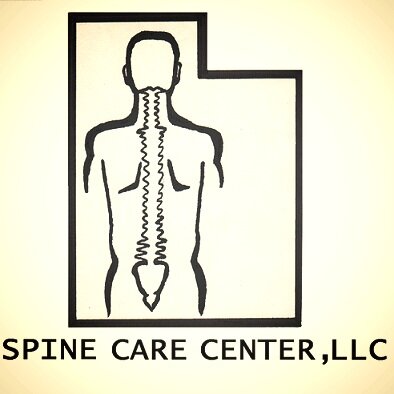Neck Pain
Neck pain affects 10% of the population each year.
Whiplash from motor vehicle accidents is a common cause of neck pain.
The diagnosis of neck pain is determined by a medical history and physical examination, and rarely requires expensive or uncomfortable tests.
What is neck pain?
Neck pain is just that - pain in the neck. Pain can be localized to the cervical spine or may radiate down an arm (radiculopathy).
What causes neck pain?
Most episodes of neck pain are caused by mechanical disorders associated with gradual changes associated with aging, or with overuse of the neck or arms. About 10% of instances of neck pain are associated with systemic illnesses, such as polymyalgia rheumatica.
Muscle strains usually related to sustained physical activity such as sitting at computer terminals for prolonged periods of time. Acute strain may occur after sleeping in an awkward position.
Osteoarthritis resulting from the narrowing of the intervertebral discs located between the vertebrae of the spine. The adjacent vertebrae grow spurs in response to the increasing pressure placed on them. The bony growths can cause localized pain in the neck or arm related to nerve compression.
Herniated intervertebral discs, which cause arm pain more frequently than neck pain. The pinching of a nerve in the neck causes severe arm pain (brachialgia). Disc herniations can cause a loss of function of the nerve including loss of reflex, sensation or muscle strength.
Spinal stenosis which is a narrowing of the spinal canal that causes compression of the spinal cord (cervical myelopathy). The narrowing is caused by disc bulging, bony spurs and thickening of spinal ligaments. The squeezing of the spinal cord may not cause neck pain in all cases but is associated with leg numbness, weakness and incontinence.
Whiplash, an acceleration-deceleration injury to the soft tissues of the neck, most commonly caused by rear-impact motor vehicle accidents. The pain and stiffness associated with these accidents generally develop 24 to 48 hours after the injury.
Systemic disorders that can lead to neck pain include ankylosing spondylitis, rheumatoid arthritis, polymyalgia rheumatica, tumors and infections.
Who gets neck pain?
About 10% of the population has an episode of neck pain each year. Neck pain may occur slightly more frequently in women than in men.
How is neck pain treated?
Maintaining motion is an important component of therapy of neck pain. The use of neck braces should be kept to a minimum.
While regular exercise should be discontinued until the neck pain is improved, movement of the neck is encouraged. Gradual movement in all planes of motion of the neck stretch muscles that may be excessively contracted.
Applying ice massages for 5 to 10 minutes at a time to a painful area within the first 48 hours of pain onset can help relieve pain as can heat, which relaxes the muscles. Heat should be applied for pains lasting greater than 48 hours. Over-the-counter pain relievers such as acetaminophen and non-steroidal anti-inflammatory drugs (NSAIDS) including aspirin are frequently adequate to control episodes of neck pain, and muscle relaxants may help those with limited motion secondary to muscle tightness.
Individuals with increased stress may have contracted neck muscles. Massage therapy has proven helpful for those with chronic muscular neck pain.
A minority of neck pain patients, particularly those with arm pain or signs of spinal cord compression, require spinal injection therapy with steroid or spinal surgery.
How Is Neck Pain Treated?
Medical tests may not show the cause of your neck pain. Many times, the cause of neck pain is never known. Neck pain can get better even if you do not know the cause. We offer injection and non injection therapy to treat chronic neck pain. Possible treatment options and treatment injections that might be beneficial, which will be decided upon pending examination and evaluation by your physician:
- Cervical spinal nerve root steroid injection
- Cervical epidural steroid injection
- Facet steroid injection
- Facet radiofrequency rhizotomy
- Atlanto occipital joint injection
- Trigger point injections
